Mediterranean Fury Background
12 August, 2021 | General News
Mediterranean Fury Background
Aug 12, 2021
The conflict in the Mediterranean is critical to the Northern Fury story and runs in parallel to the campaigns in central and northern Europe as well as other regions of the world. February 1994 finds NATO in a relatively strong position in the Med; France, Italy and the UK have forces on higher-than-normal readiness augmenting the US with a routine deployment of an Aircraft Carrier Battle Group, USS Eisenhower (CVN-69) and an Expeditionary Strike Group (ESG) centered on the USS Kearsarge (LHD-3) and USS Iowa (BB-61).
![r/WarshipPorn - Nimitz-class aircraft carrier USS Dwight D. Eisenhower (CVN 69) transits the Strait of Gibraltar [5319 × 3546]](/assets\images\blog\post26\image1.jpeg)
Part of the Soviet effort to disperse NATO’s efforts and weaken its ability to react to any one situation was to invest heavily in training and surplus equipment for satellite and client countries. Of course, the main source of this equipment and the training teams that accompanied it was the former East Germany; the Soviets were quick to commandeer thousands of tanks and armoured vehicles as well as hundreds of aircraft and dozens of small ships, which they then re-invested. Two of the most important recipients of this aid were Syria and Libya, with Algeria receiving a lesser degree of assistance. As these nations re-equipped, the Soviets quietly shipped their cast-off hardware to Central America and Africa as part of a global plan. Although the Soviets made overtures to Egypt, Jordan and Tunisia, these nations resisted the temptation and remained neutral or western leaning.
Libya: Maintaining his tight rule, the despot Qhadafi ramped up his anti-west rhetoric and returned to his old ways of launching provocations in Europe and around the Mediterranean. Better equipment fostered more confidence, which translated into more aggressive behaviour. Although European countries, and especially the US, countered with cruise missile strikes on several occasions, nothing as elaborate as Operation EL DORADO CANYON took place and Qhadafi simply brushed off the rebukes and strikes, using them as more fodder for his rhetoric. The Libyan military is large with over 800 combat aircraft, several dozen naval craft, an effective Air Defence System and an army of over 50,000 troops. These forces have considerable combat experience, though they have also suffered some major defeats in combat.
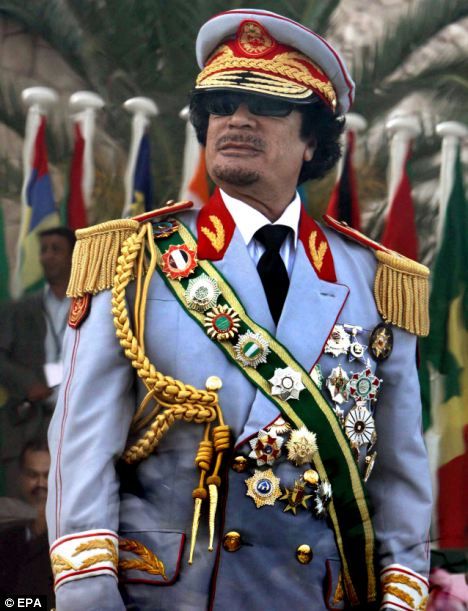
Syria: In the Northern Fury world, Syria’s Ba’athist regime did not make a move to cozy up to the west in the early 1990s because its Soviet benefactor remained strong and helpful. Therefore, Syria did not join the 1991 Gulf War coalition, though neither did they assist its troublesome neighbor. Fielding over 600 combat aircraft, 40 vessels and an army of over 130,000 troops in three corps, Syria’s military was strong in the 1980s and continued to get stronger with Soviet support.
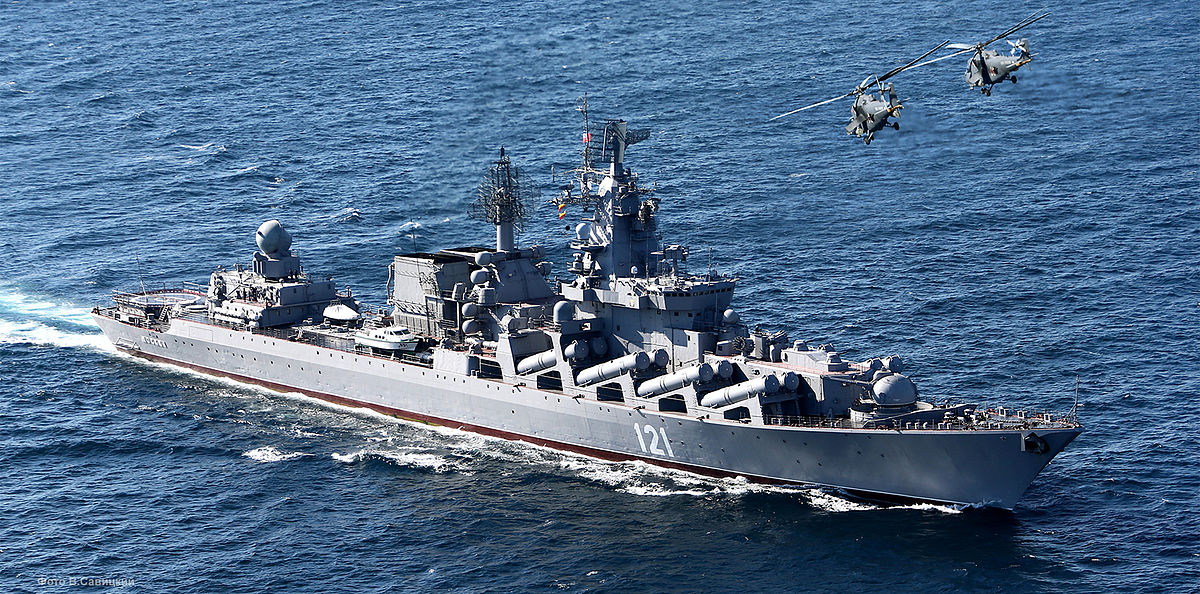
Algeria: In the Northern Fury timeline, the 1992 election went ahead as planned and was not canceled; however, the Islamic Salvation Front (predicted to win, which historically prompted cancellation of the election) was the subject of a well orchestrated smear campaign. That, combined with some selected assassinations and fraudulent election counting ensured the incumbent Bendjedid government a win that staved off a civil war. Soviet assistance is suspected. The Algerian military is large, an army of over 270,000 with about 150 fairly modern aircraft, several modern surface vessels and two very modern Kilo-class submarines.
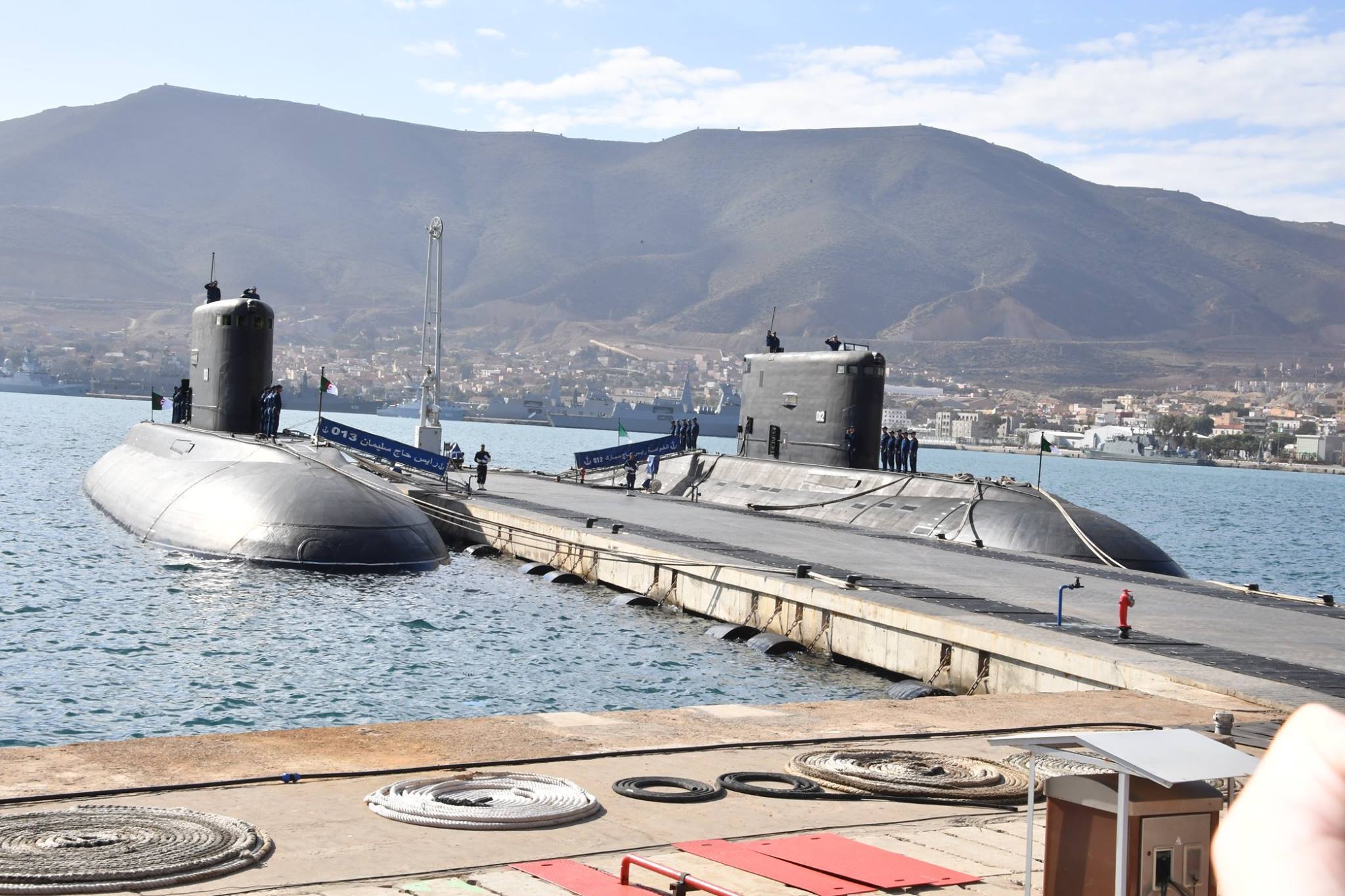
Israel: Israel remains staunchly pro-western, pro-American, and anti-Arab in the Northern Fury world. Boasting small but powerful, modern, and battle-tested armed forces, Israel is the military powerhouse of the region. Politically however, as in the Gulf War, Israel is worth more to the US and NATO as a silent and neutral partner. The fear, and probably the reality, is that Arab nations would become galvanized against any coalition that included Israel. Alienating Egypt, Saudi Arabia, Jordan, Tunisia, Morocco, or the Gulf States would not be helpful to NATO’s war effort. The Soviets, however, have no love for Israel and would be more than happy to cause a rift between it and NATO, as well as the Arab world.
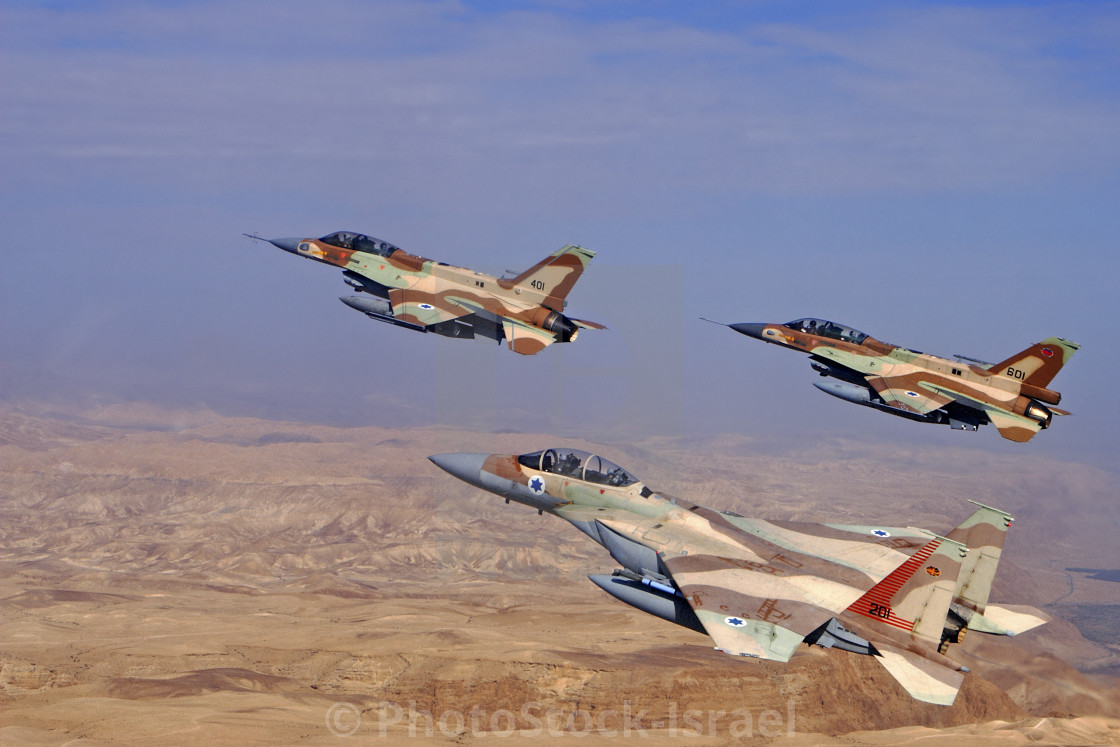
Jordan: The Kingdom of Jordan is a western ally with strong historic ties to the British and economic ties to the US. Jordan’s military is also heavily tied to the west with British, American and French equipment and training. The Army is about 150,000 strong including reserves and organized on a regional structure. The air force operated about 60 Mirage F-1s and Northrop F-5s as well as helicopters and transport aircraft. Since Jordan only has 26 kilometers of coastline, the Navy’s 20+ fast patrol boats are quite adequate.
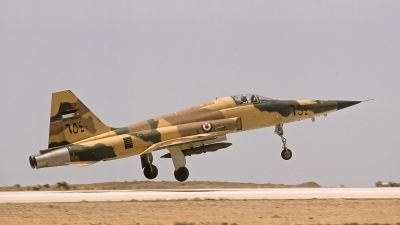
Egypt: Egypt remains a balancing force in the region, having good relations with the US, Israel, and the Arab world. Domestically however, the country was subject to many issues and troubles. Militarily Egypt was aligning itself with the US, conducting the Bright Star exercise every 2nd year and receiving over 1,000 M-1 Abrams tanks beginning in 1992. The Army had 340,000 active soldiers and 438,000 reservists organized into 12 mechanized or armoured divisions and multiple independent brigades. The Airforce flew over 100 F-16s, the latest being produced by Turkey, 70 Mirage-5s, 20 Mirage 2000s, and many other aircraft. The Navy operates four submarines and several dozen other ships.
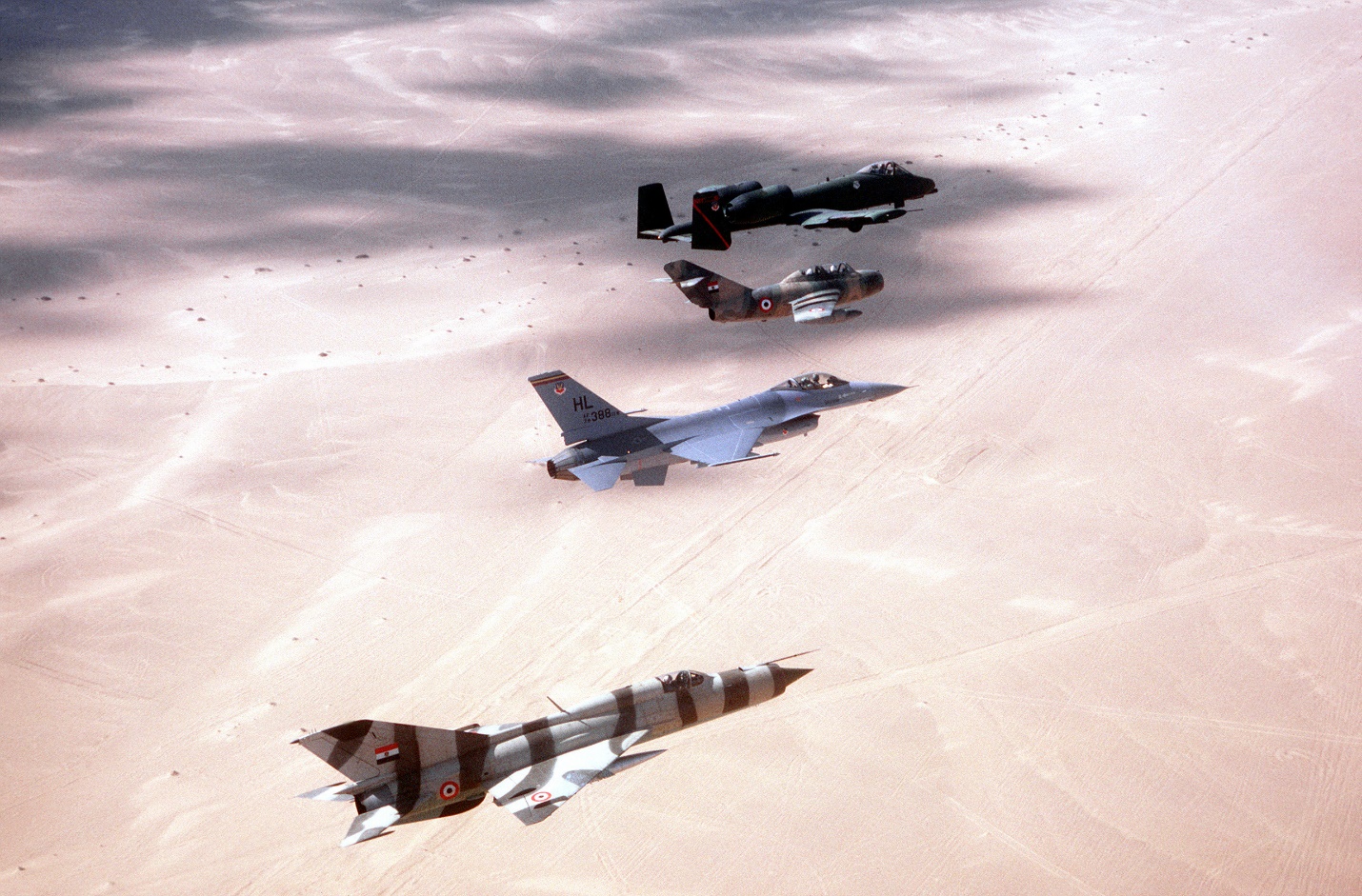
Tunisia: Tunisia is a stable country, completely under the thumb of President Ben Ali and his corrupt and despotic family. Attempts by the Soviets to undermine his rule ended badly, mostly for the Tunisian resistance who hoped for Soviet support. Both France and the US have been funnelling funds and military hardware towards Tunis for some time, but that does not guarantee loyalty as Ben Ali is a master at shifting his country to the winning side to keep his profit margins are high. A modest air force of between 12 and 20 American Northrop F-5E Tiger IIs and a navy with three La Combattante III-class patrol ships provided by France form the core of Tunisia’s military. These are augmented by some Chinese patrol boats. Soviet ships have made regular port calls to Tunis over the past several years.
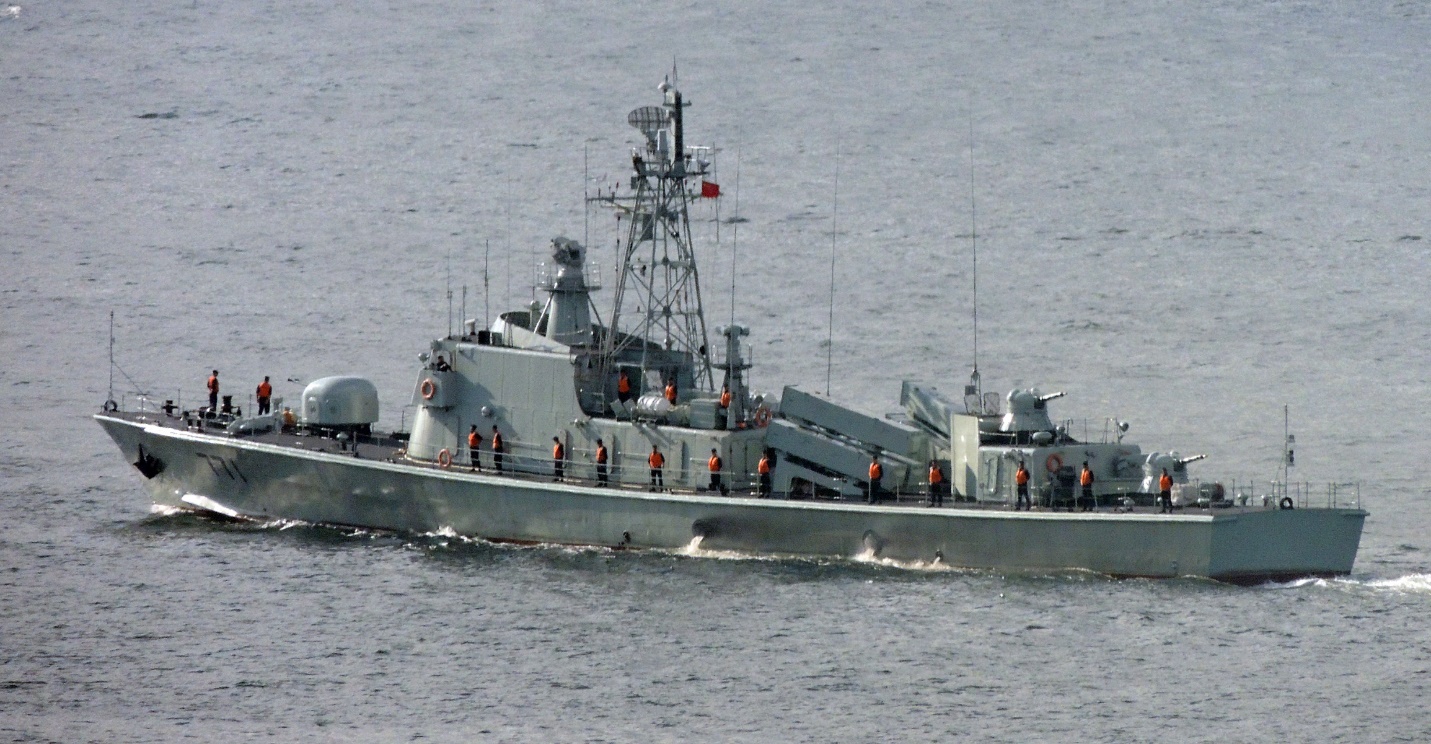
Morocco: Although King Hassan II has no love for his Spanish neighbor to the north, the animosity towards Algeria over the long and bloody war in the Western Sahara keeps him looking north and west for assistance. There remain six territorial disputes with Spain involving ports and islands off the northern coast, Spain’s plazas de soberanía. Although comprising just over 100 hectors in total, these are a source of friction, as well as smuggling. Morocco’s military consists of about 20 Northrop F-5E Tiger IIs and an equal number of Mirage F.1s, as well as a Spanish Descubierta-class corvettes (Errhamani) equipped with Exocet missiles and four Lazaga-class patrol vessels based on the German Albatros-class but built in Spain.
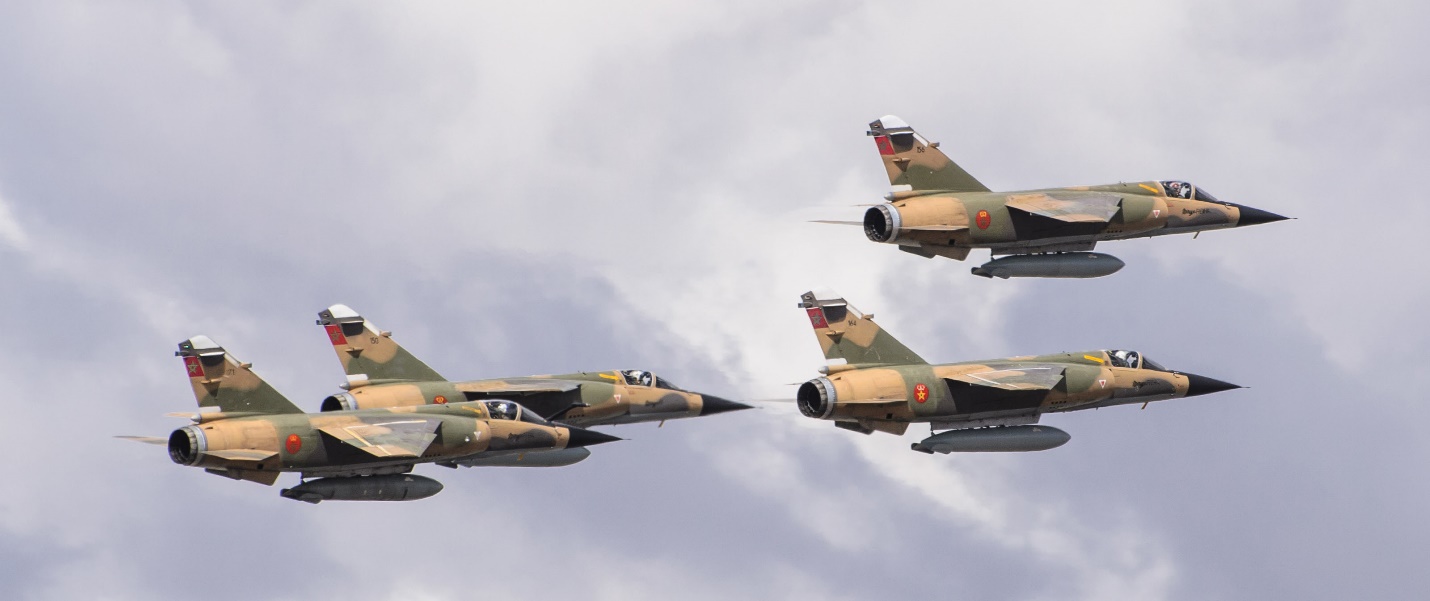
Scenarios
The scenarios for Mediterranean Fury are closely linked to both Indian Ocean Fury and Northern Fury. With the outbreak of war, the Atlantic becomes the highest priority for NATO due to the paramount imperative of stopping any Soviet surge and securing the northern flank. Of course, this means that other theaters, irrespective of their own problems, become a source of resources. Playing through the Mediterranean scenarios you will constantly be reminded of this conundrum, first losing key /assets but then benefiting as others come streaming through your area from the Indian Ocean.
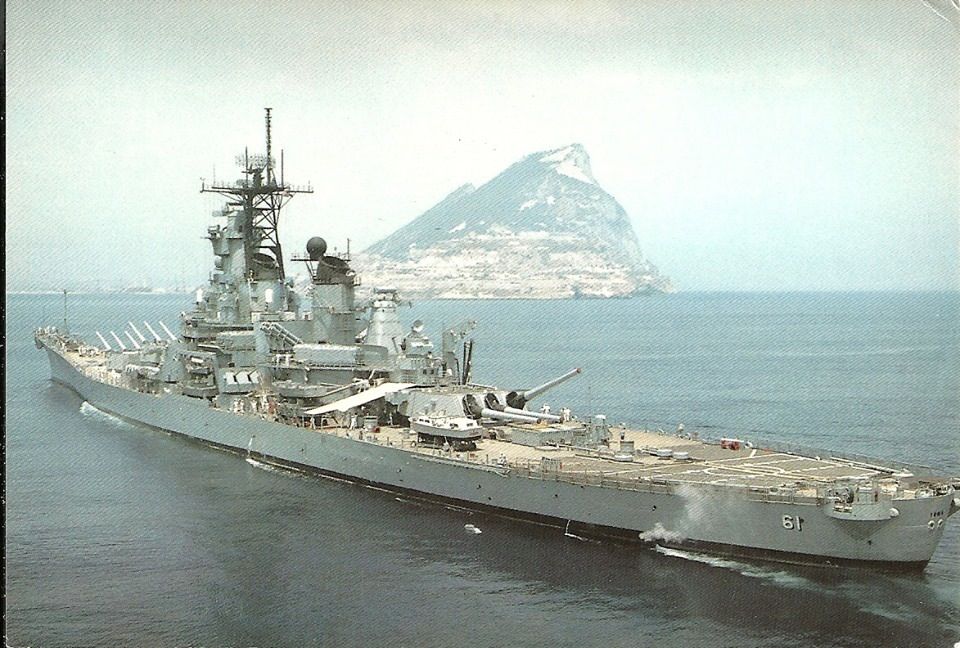
From a NATO perspective, the force posture is strong at sea but somewhat thin for aircraft. After the Spanish NATO membership referendum in 1986, the major US airbase at Torrejón was closed and the wing of F-16 fighters (72 front line aircraft plus support) was withdrawn after the Gulf War in 1991. Further complicating the air situation were the long running delays to both the Eurofighter Typhoon and the French Rafale, leaving both the Italians and French operating with some very dated aircraft. The Italians leased 24 British Tornado Air Defence Variant (ADV) to fill the gap (18 months early) and the French Navy was experimenting with American F/A-18A to replace their obsolete F-8 Crusaders, but these are only stop-gaps.
The Soviets have their own problems, though. Constrained geographically by the Turkish Straits (Bosporus and Dardanelles), they relied on the Fifth Operational Squadron in the Mediterranean, primarily using bases in Libya and Syria, to project any sort of military influence. Air forces as well would either have to be based abroad or fight their way through Turkey and Greece before reaching the Mediterranean Sea proper.
The Balkans however were a bit of a wild card, being a major concern for Italy and potentially a major opportunity for the Warsaw Pact. Serbia was almost de-facto a member of the Warsaw Pact by 1994 (in Northern Fury) and Albania was a corrupt and crumbling state; tensions throughout the remainder of the Balkans were high as was NATO’s commitment to the UN Protection Force.
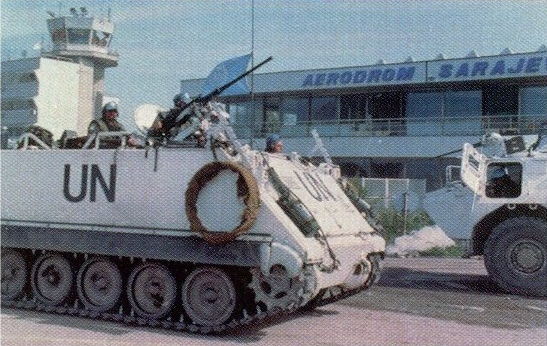
Scenario list
| Scen | Date | Title | Description | Remarks |
|---|---|---|---|---|
| 1 | 13-15 Feb | The Road to Bzantium | Soviet air and amphibious assault on the Bosporus. Play as Soviet. | Complete |
| 2 | 13-14 Feb | Syrian Surprise | NATO forces in the Eastern Med preparing for an exercise and scrambling react to war. | Complete |
| 3 | 14-16 Feb | Casbah Crunch | NATO consolidating forces as Libya launches an attack | Complete |
| 4 | 16-18 Feb | Secure the Flank | NATO assembles to suppress Syria | Complete |
| 5 | 16-18 Feb | Serbia-right | After 3 days of tense calm, Romania supported by Hungary and Serbia launch an attack to tie down NATO forces | |
| 6 | 19-20 Feb | Revisit the Stone Age | Nimitz takes over the fight to knock Syria out of the war. | |
| 7 | 22-23 Feb | Push Back | Nimitz & Ark Royal help clean up the Bosporus | |
| 8 | 25 Feb | Regime Change | Decisive strike on Libya | |
| 9 | 28 Feb, 1 Mar | Bulgarian Strike | Strike on Bulgaria | |
| 10 | 4-6 Mar | Convoy Ho! | Major oil convoy with an amphibious twist |